Our first try at PLG nearly failed. Here's what we did next.
How one startup 6x-ed their activation and 5x-ed free-to-paid conversion
👋 Hi, it’s Kyle and I’m back with a 🔥 edition of Growth Unhinged, my newsletter that explores the unexpected behind the fastest-growing startups.
Up today: Navattic’s growth team — specifically Raman Khanna (Head of Product Growth) and Natalie Marcotullio (Head of Growth & Operations) — join Growth Unhinged in what might be our most tactical guest post ever. They unpack how Navattic 6x-ed activation and 5x-ed free-to-paid conversion — and bring all the receipts to help you do it, too (there are 15 product screenshots). Hope you enjoy it as much as I did.
When we first started experimenting with PLG we had no onboarding, 5% activation, and 1% free to paid conversion. Tough numbers to start with.
Over several months (and effort from every team at Navattic) we built an onboarding flow users like, had a ~33% activation rate, and a 5% free-to-paid conversion rate — now in line with industry benchmarks.
We still have a long way to go but are happy with the early signals we are seeing from our PLG motion. Here are all the iterations we made and the lessons we learned along the way.
Why we went PLG in the first place
Navattic helps marketing and sales teams create interactive product demos. Customers use them on their marketing site (see: Ramp, Fivetran, Vitally) and as a follow-up asset in the sales process.
For three years we had a sales-led motion with $500/month and $1k/month plan offerings. Having just sales-led growth worked for us — until it didn’t. Our $500/month and $1k/month plans were driving consistent revenue, and our sales team was great at nurturing prospects through the funnel.
But we noticed some cracks. Prospects kept telling us that they wanted to try the product first. They wanted to prove value to their team and secure budget.
Either we could double down on sales-led growth or we could take a leap into PLG. We decided to take that leap into PLG. We had to iterate quickly.
Onboarding: From “startling” to “easy to get started”
When considering PLG, we ran some user tests with Wynter. Users called the sign-up process “bare” and “startling”.
They were right. Our early flow was not in a great place. We hadn’t spent a lot of time thinking about it because it was customers who were going through it before.
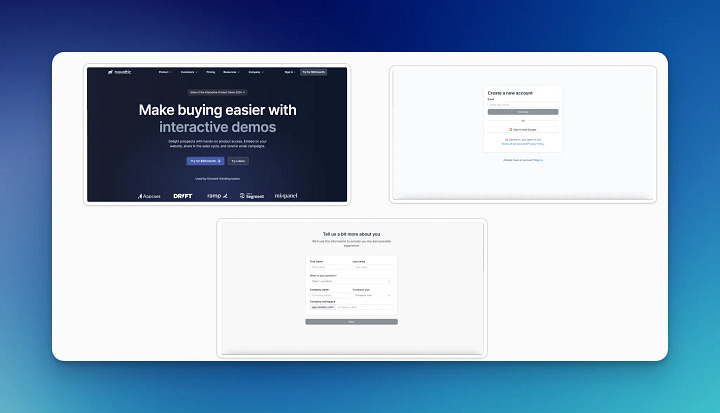
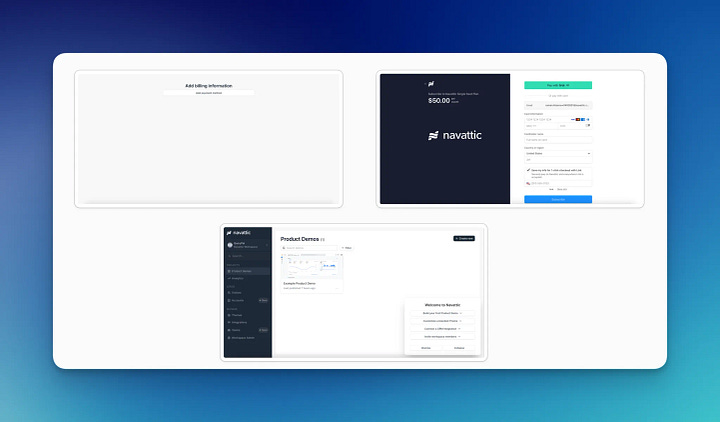
But for free users, this would be their first introduction to us.
We started by reworking the welcome screen.
The old one felt jarring, cold, and “bare”. We replaced it with a more inviting design.
To build trust, we also added social proof by showcasing some top customer logos like Cisco, Dropbox, and ClickUp.
And finally, we added value prop messaging highlighting exactly what users were unlocking.
We were still asking too much, too soon. Users were hit with a wall of questions.
We split the signup flow into separate steps. One screen for basic information, another for use case details, and so on.
The “How do you plan to use Navattic” step was added. Our sales team uses it when reaching out to good-fit PQLs to send more tailored content and templates.
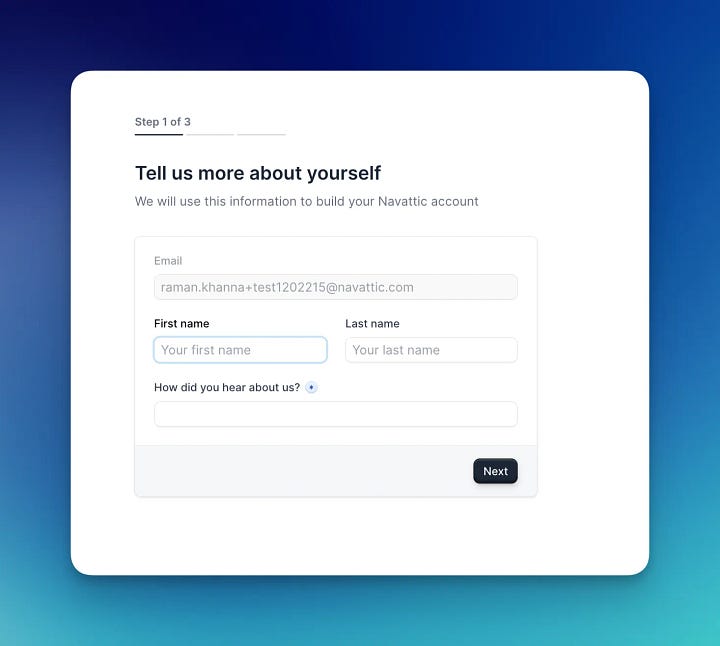
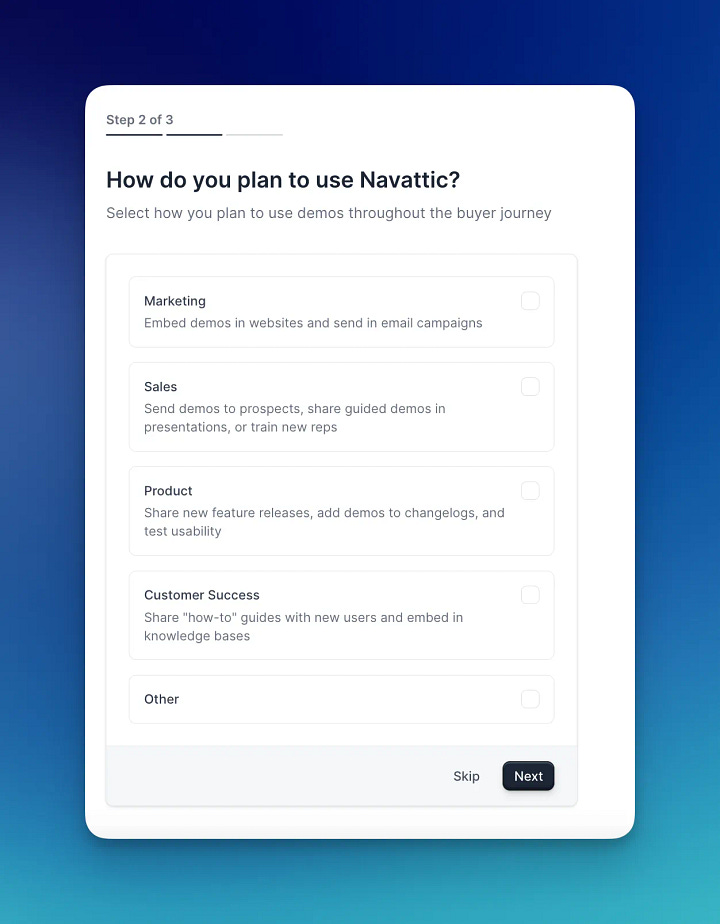
Our goal is to also use this data to personalize onboarding down the line. In-app experience and emails would be based on the use case.
We set clear expectations on how many steps were involved (showing “step X of 3”). We wanted users to know what was coming next to limit frustration (and therefore drop-off).
There were two key moments that added friction but would unlock the product’s full potential — installing our Chrome Extension and inviting team members.
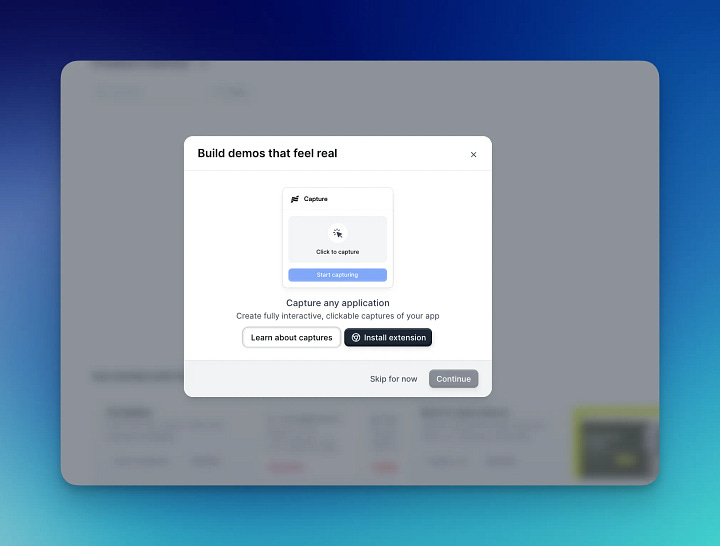

We knew from our data and user interviews that users who did these actions were more likely to be activated and engaged. But they also were big moments of drop-off.
To address this issue, we introduced a simple but effective UI tweak. We placed the Chrome Extension and team member invite in front of a blurred screen of the product. This accomplished two things:
Downloading the extension felt more like a gateway to the full experience and more purposeful
Visually connected the extension to what they could accomplish. It seemed more obvious that this step was the final one before they could dive in.
Activation: From 5% to 33%
Keep reading with a 7-day free trial
Subscribe to Kyle Poyar’s Growth Unhinged to keep reading this post and get 7 days of free access to the full post archives.






